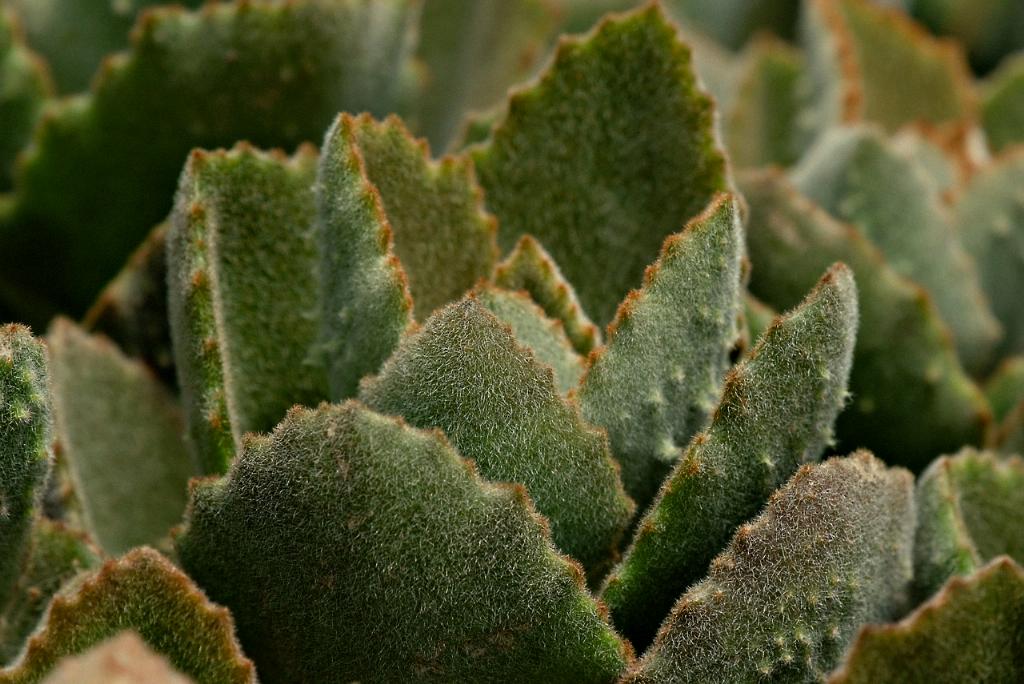When it comes to caring for cactus indoors, one of the most essential things to keep in mind is the amount of sunlight your spiky friend needs. Cacti thrive in bright sunlight, so it’s crucial to ensure they receive at least four to six hours of sunlight each day. However, be wary as some cactus species can actually burn if exposed to direct sunlight for too long.
It’s best to place your cactus near a sunny window where it can bask in the sunlight. During the summer months, opt for a spot that receives filtered bright light to prevent any potential sun damage. In contrast, during the winter, direct light from a south- or west-facing window can provide the necessary sunlight for your cactus to flourish.
Another vital aspect of caring for your indoor cactus is watering. Contrary to popular belief, cacti do require regular watering, but their watering needs vary depending on the season and the specific species of cactus you have. As a general rule of thumb, water your cactus thoroughly, allowing the soil to dry out completely between waterings to prevent root rot.
Choosing the right type of soil is also crucial for the health of your cactus. Opt for a well-draining cactus mix or create your own by combining regular potting soil with sand or perlite to enhance drainage. Avoid using solely regular potting soil, as it retains too much moisture and can lead to root rot in cacti.
Temperature plays a significant role in cactus care as well. Most cacti prefer warm temperatures during the growing season, typically around 70-80°F (21-27°C). However, they can tolerate cooler temperatures in the winter, ranging from 50-60°F (10-16°C). It’s essential to keep your cactus away from drafts or extreme temperature fluctuations to prevent stress on the plant.
Fertilizing your cactus is another aspect to consider for optimal growth. During the growing season in spring and summer, you can fertilize your cactus with a diluted, balanced fertilizer to provide essential nutrients. However, it’s best to refrain from fertilizing during the winter months when cacti are in their dormant phase.
Pruning your cactus is recommended to remove any dead or decaying segments and promote healthy growth. Use clean, sharp scissors or pruning shears to trim any damaged parts of the cactus carefully. Be cautious when handling cacti, as their spines can be sharp and prickly.
Pests can also pose a threat to indoor cacti, so it’s essential to regularly inspect your plant for signs of infestation. Common pests that may affect cacti include mealybugs, spider mites, and scale insects. To combat these pests, you can gently wipe down the affected areas with a cotton swab soaked in rubbing alcohol or use insecticidal soap.
Repotting your cactus every few years is beneficial to refresh the soil, provide more space for growth, and inspect the roots for any signs of damage. When repotting, choose a slightly larger pot with drainage holes to prevent water accumulation. Handle the cactus with care to avoid injury to both yourself and the plant.
In conclusion, caring for cacti indoors requires attention to essential elements such as sunlight, watering, soil, temperature, fertilizing, pruning, pest control, and repotting. By following these guidelines and tailoring your care routine to the specific needs of your cactus species, you can cultivate a thriving and healthy indoor cactus collection that will bring a touch of desert beauty into your home.

